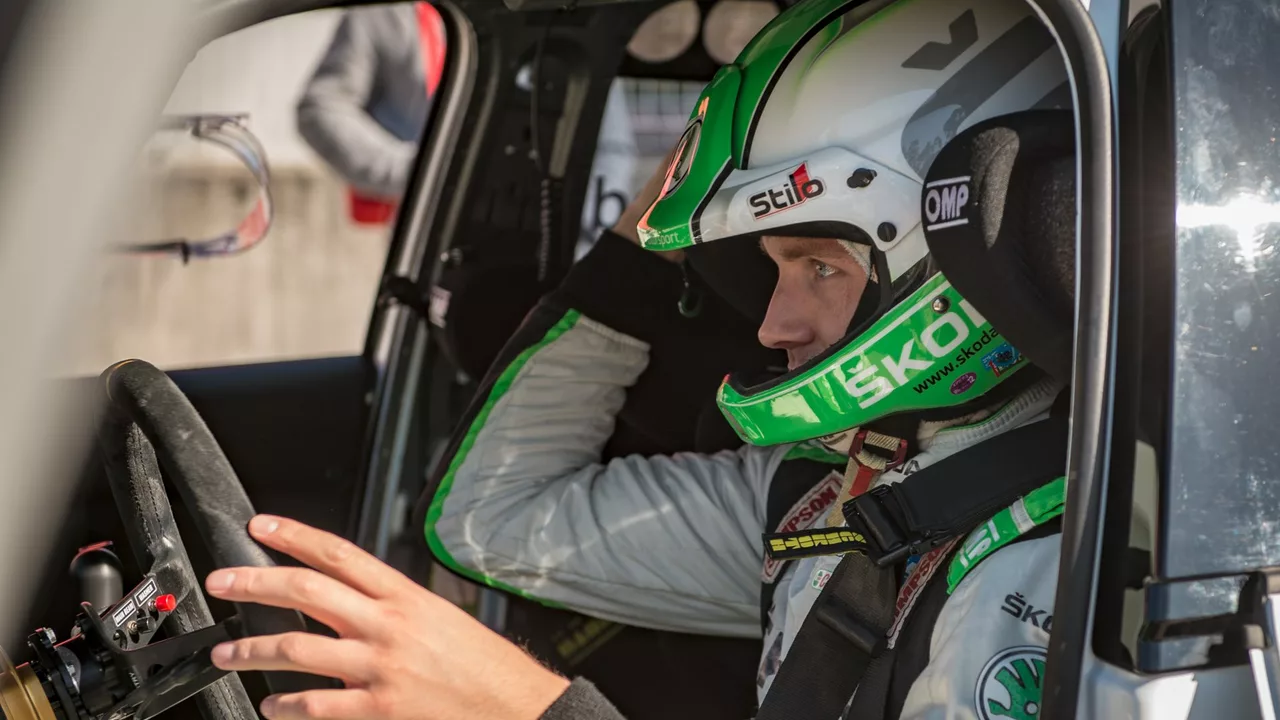Driving Techniques Every Rally Fan Should Know
If you’ve ever watched a rally car slide around a hairpin and wondered how the driver keeps control, you’re in the right place. Below are the core techniques you’ll see on the stage and the simple tricks you can practice to get a feel for them. No fluff, just the stuff that makes a driver fast and safe.
Corner Drifting – Keep Speed While Sliding
Drifting isn’t just for show; it lets a driver carry more speed through tight bends. The key is weight transfer. As you approach a corner, lift the throttle just enough to unload the front wheels, then steer into the turn and give a quick tap on the hand‑brake. The rear end will swing out, and you can modulate the throttle to keep the car balanced. Practice on a gravel parking lot first – you’ll learn the feel of the car’s rear sliding without risking a crash.
Hand‑Brake Tricks – Your Long Stick Explained
Those long sticks in a rally car are hand‑brakes that lock the rear wheels on demand. Use them when you need a sudden rotation, like entering a tight hairpin on loose surface. Pull the hand‑brake while steering into the corner, then release it as the car points in the new direction. Timing is everything; pull too early and you’ll spin, pull too late and you’ll miss the apex.
Front‑wheel‑drive (FWD) cars can be surprisingly quick if you understand their strengths. FWD gives you better grip on low‑traction surfaces because the pulling wheels are also steering. To exploit this, use a technique called “left‑foot braking.” While you’re braking with your left foot, keep a light throttle on the right foot. The front wheels stay engaged, helping you steer around the corner and avoid understeer.
When you compare rally to Formula 1, the biggest difference is strategy. Rally stages are long, varied, and often change weather mid‑run. You have to adapt your pace notes, tire choice and driving style on the fly. F1, on the other hand, is a sprint on a known circuit – the focus is on perfect lap times and pit‑stop tactics. Understanding this helps you decide when to push hard and when to conserve the car.
Don’t forget the co‑driver. A rally driver who relies only on memory will miss the subtle cues a navigator delivers – surface changes, hidden bumps, or a sudden shift in grip. Listen to the pacenotes, but also glance at the road to confirm. The best drivers blend their own feel with the navigator’s info, creating a two‑person brain for the stage.
Finally, practice is the only way to make these techniques second nature. Start with low‑risk sessions: a quiet gravel road for drifting, a dry tarmac stretch for hand‑brake trials, and a mixed‑surface loop for FWD drills. Record your runs if you can; watching the footage shows where you lose grip or miss a turn.
Mastering driving techniques takes time, but each new skill adds speed, confidence, and safety to your rally experience. Keep it simple, stay focused, and enjoy the rush of turning a corner like a pro.
What kind of shifter do the rally drivers use?
Hey there speed demons! Let's have some fun chatting about rally drivers and their gear shifting preferences, shall we? Now, most of these daredevils use what's known as a sequential gearbox. It's like playing a game of "follow the leader" with your gears, where you can only go from 1st to 2nd, 2nd to 3rd, and so on... no skipping around allowed! It's super quick and efficient, just what our rally heroes need when they're tearing up the dirt. So next time you're channeling your inner rally driver, remember, it's all about the sequential shift!
Read More

